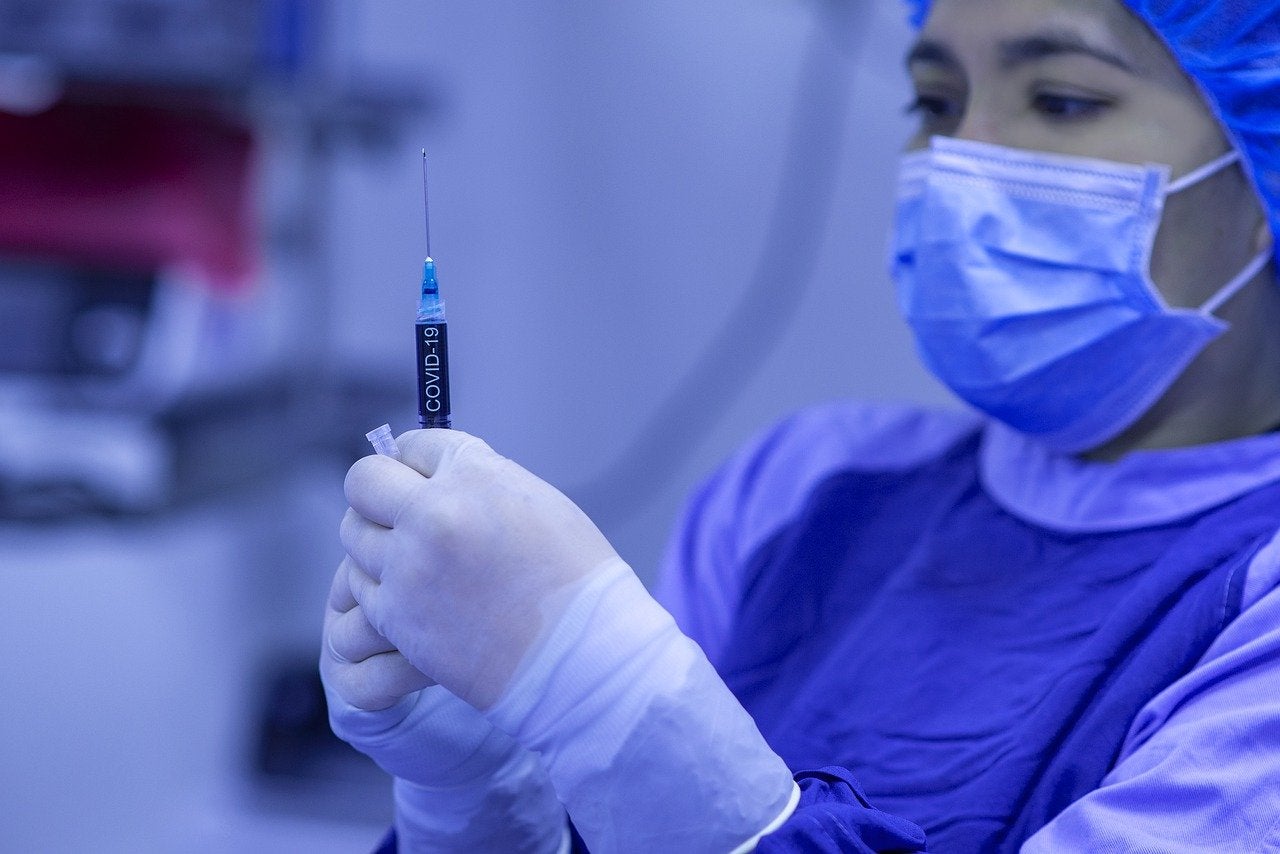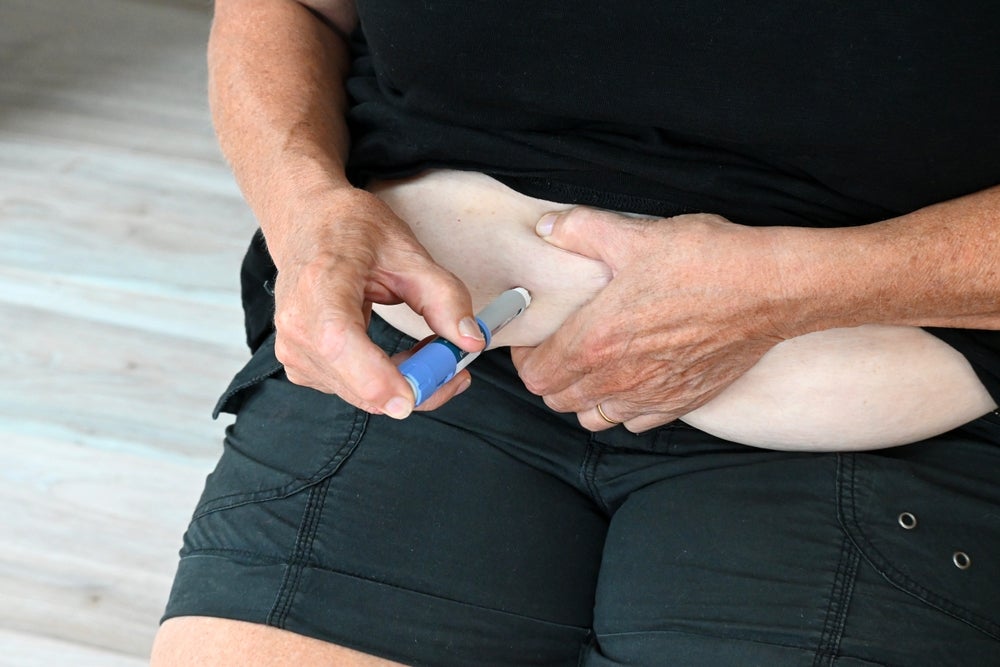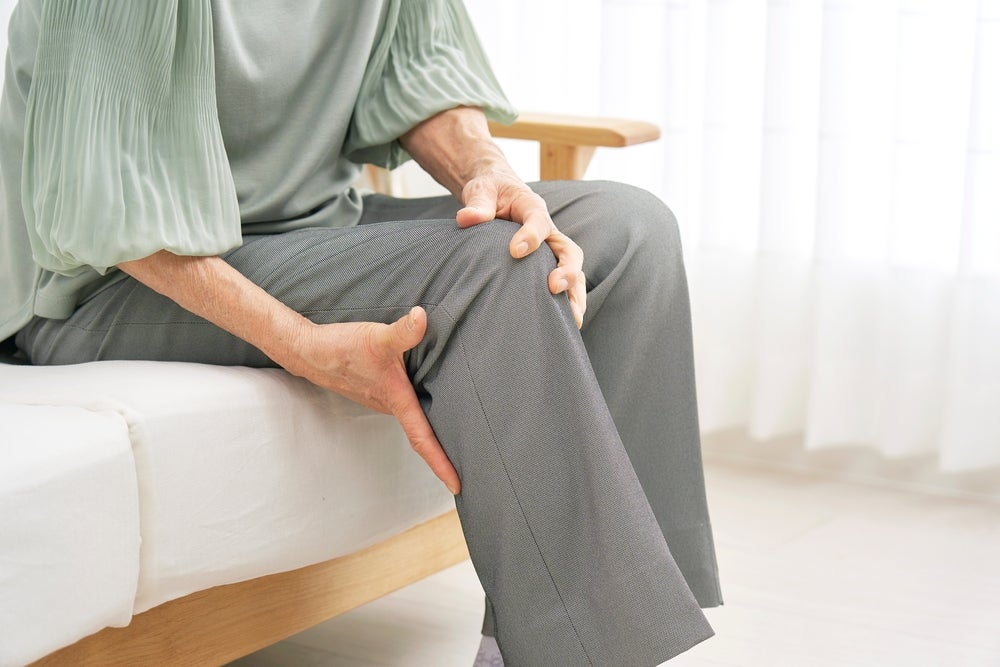
Biotech firm Inovio is set to go ahead with the Phase II segment of its planned Phase II/III trial of its Covid-19 vaccine candidate, INO-4800, following clearance from the US Food and Drug Administration (FDA).
INO-4800 is a DNA vaccine candidate that can potentially provide protection against the SARS-CoV-2 virus that causes Covid-19.
The vaccine candidate is stable at room temperature for over a year and does not require freezing in the transport of storage.
The INOVIO INO-4800 Vaccine Trial for Efficacy (INNOVATE) randomised, blinded, placebo-controlled safety and efficacy trial will be conducted in adults in the US.
It will receive funding from the US Department of Defense (DoD) Joint Program Executive Office for Chemical, Biological, Radiological and Nuclear Defense (JPEO-CBRND) in coordination with the Office of the Assistant Secretary of Defense for Health Affairs (OASD (HA)) and the Defense Health Agency (DHA).
The Phase II segment will analyse the safety, tolerability and immunogenicity of INO-4800 in a two-dose regimen consisting of 1mg or 2mg.
How well do you really know your competitors?
Access the most comprehensive Company Profiles on the market, powered by GlobalData. Save hours of research. Gain competitive edge.

Thank you!
Your download email will arrive shortly
Not ready to buy yet? Download a free sample
We are confident about the unique quality of our Company Profiles. However, we want you to make the most beneficial decision for your business, so we offer a free sample that you can download by submitting the below form
By GlobalDataParticipants will be categorised into three age groups of 18-50, 51-64, and 65 and older.
They will be randomised in a three-to-one ratio to receive either INO-4800 or placebo for each dose to confirm the appropriate dose(s) for the Phase III efficacy evaluation.
The Phase III segment is on partial clinical hold as the FDA sought to resolve queries on the CELLECTRA 2000 device that will be used to deliver INO-4800 directly into the skin.
The company anticipates resolving the remaining device questions during the conduct of the Phase II segment and before initiating the Phase III segment of the trial.
Inovio president and CEO Dr Joseph Kim said: “INO-4800’s key differentiators are the safety and tolerability data we have observed thus far, as well as its excellent thermostability profile, making it possible to manufacture at scale and transport without frozen cold chain requirements.
“INO-4800 also maintains the ability to be safely re-administered and is differentiated by its ability to stimulate both CD4+ and CD8+ T cell responses.”







